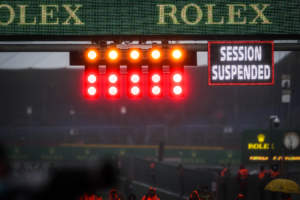Up Next

Formula 1’s ‘holy trinity’ – the teams, FIA and FOM – have already started the process of evaluating possible modifications to the sporting regulations to ensure situations like those arising at Spa last weekend can be better handled in the future.
It remains to be seen what changes are made, and it’s important to remember no magical regulations can give F1 dominion over weather or the laws of physics. But there are some obvious possibilities that can be explored.
These could create more potential tools to tackle such extraordinary circumstances and maximise the chances of a race happening on a day of dismal conditions.
Here’s some areas where F1 could consider changes.
Race start time
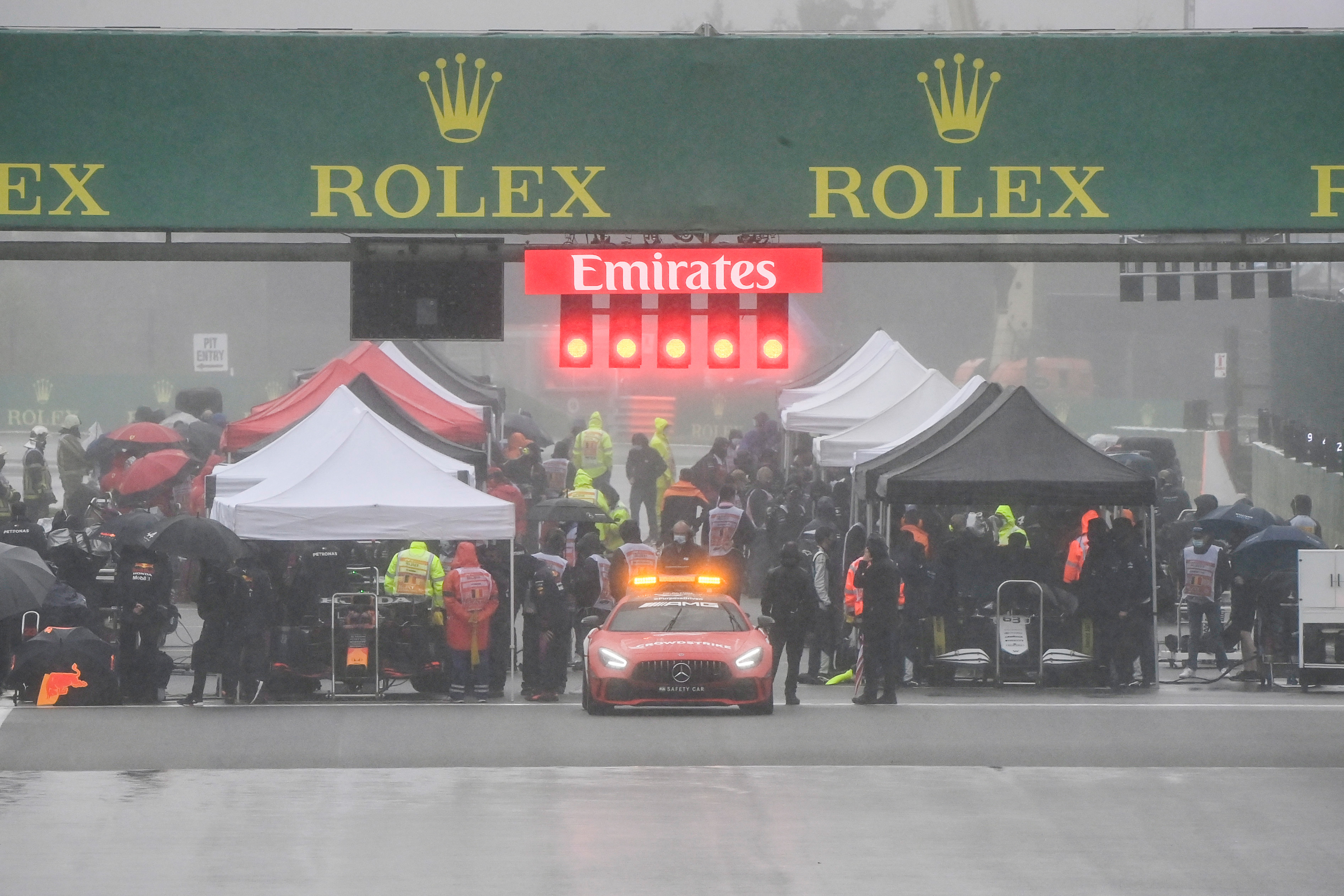
Max Verstappen was among those who pointed out that the relative late race-start time – 3pm – narrowed the window in which the race could take place. A possible solution could be to revert to an earlier start time, particularly at venues with a track record for weather problems.
In the case of Spa, that would be more useful than, as some have suggested, having a slot close to the middle of summer. After all, the weather conditions in July were horrendous and, in some areas, catastrophic, around Spa.
The downside is that the start time is there to better suit the American audience. Given F1’s zealous devotion to wooing the American audience as one of the central tenets of F1’s gameplan, it’s likely to resist that suggestion.
But it’s certainly worth considering, at least for some races.
Ability to bring forward the start time
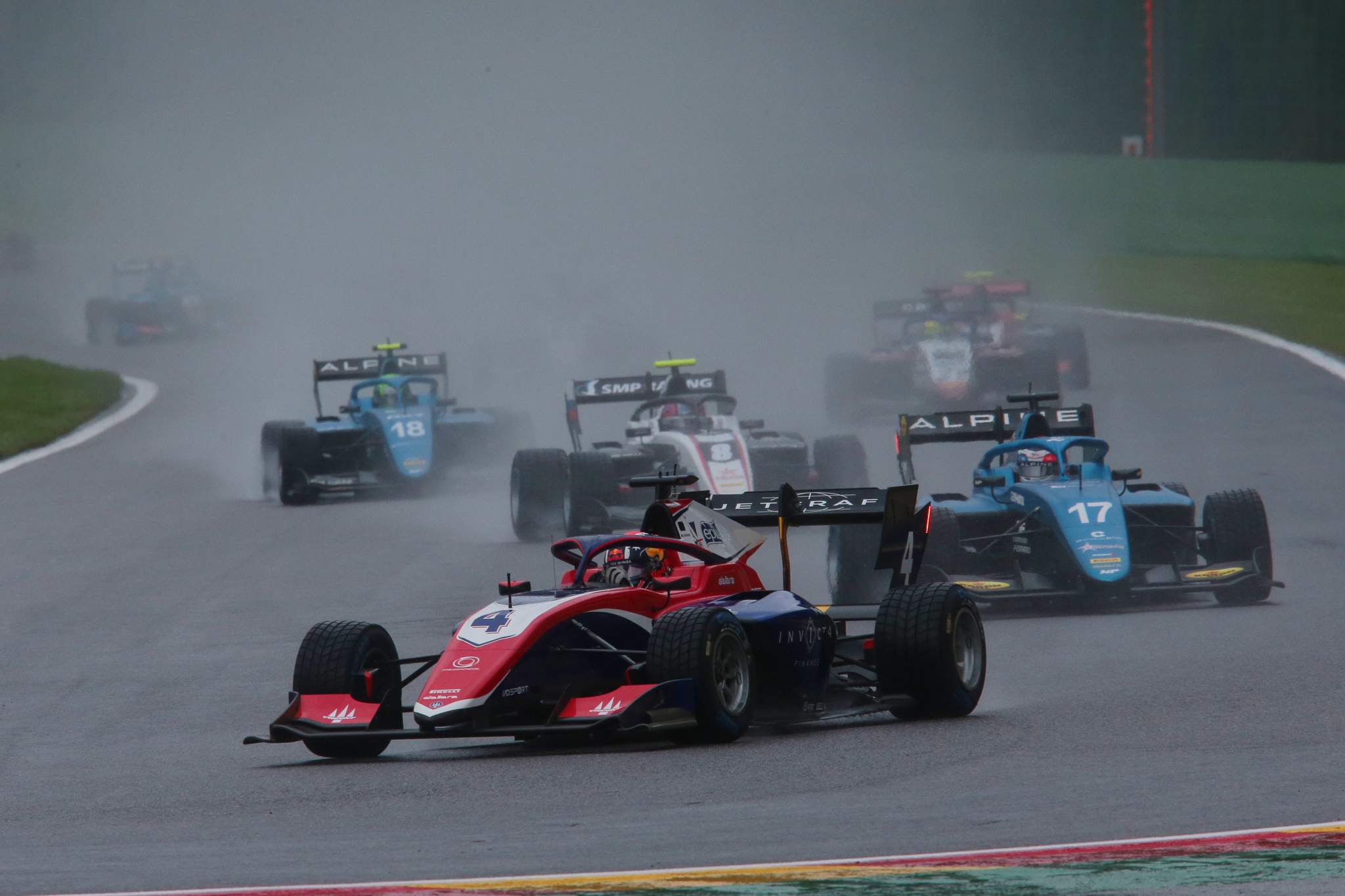
There were times on Sunday at Spa when a grand prix could have run. The Porsche Supercup and Formula 3 (pictured above) races were successfully held – although it should be noticed there were delays – so racing was possible.
Therefore, it is understandable that there have been calls for the capacity to change the start time. While there are reasons this can cause problems, with practicalities such as informing the fans attending the event, television broadcast schedules and peripheral concerns such as how the change of timings might impact carefully-managed race-staging measures such as traffic-management plans, it would be preferable in extraordinary circumstances.
Prior to Spa, the last time that there were any serious suggestions that a race should be brought forward to swerve incoming weather was the 2014 Japanese Grand Prix. This shows how rare such situations are likely to be, so given such an emergency power would be rarely used, it is worth at least creating a mechanism to do so.
But it would require a very high bar to be cleared for it to be invoked.
Minimum green flag running
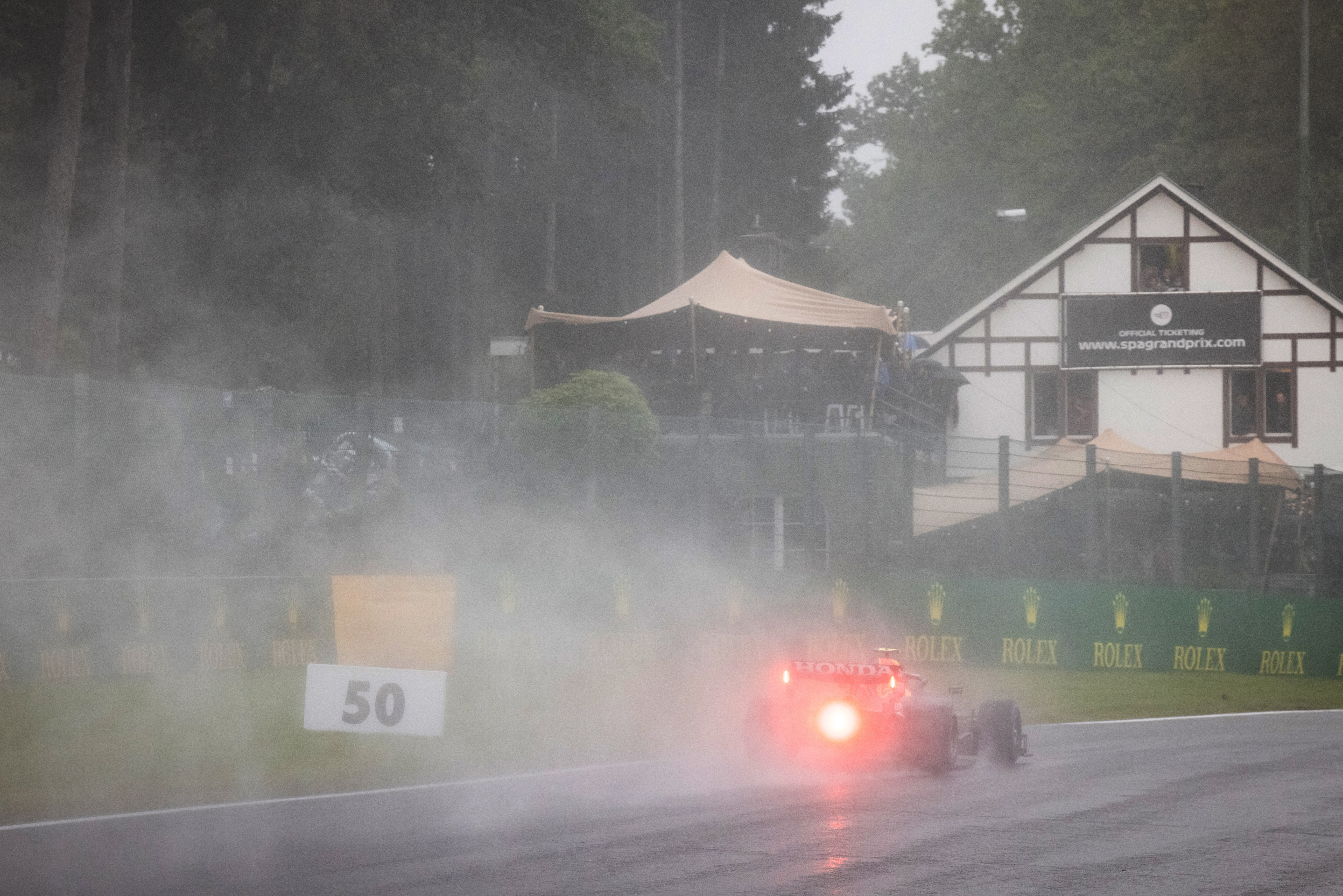
Given the 2021 Belgian Grand Prix is unique in world championship history, the chances of a repeat seem slender. But they are not zero, so in case there is ever again a situation where a race result could be called based solely on running behind the safety car the possibility should be tackled in the sporting regulations.
A rule demanding a minimum of green-flag laps (ie those not under the safety car) as a percentage of the race would seem to be the logical way to do this. It needn’t be a vast proportion, but it is tautologically self-evident that for a race to be considered a race there should probably be at least some racing.
Even the FIA tacitly admitted this wasn’t a race given there was no fastest lap awarded. Evidently, having a race entirely under the safety car is fine, but having a fastest lap crosses the line for absurdity.
Several drivers suggested a rule like this and many more agreed that it was absurd to call the Belgian GP a race. By stipulating that in the case of a race that does not run to the full number of laps, perhaps 15% or 20% of the intended race distance – so that’s seven or nine laps respectively at Spa – must be held under green flags for the result to be official, this could be solved.
For clarity, the regulation should define these as laps that start under green flag conditions, even if the safety car is declared during that lap.
Gary Anderson’s track-drying plan
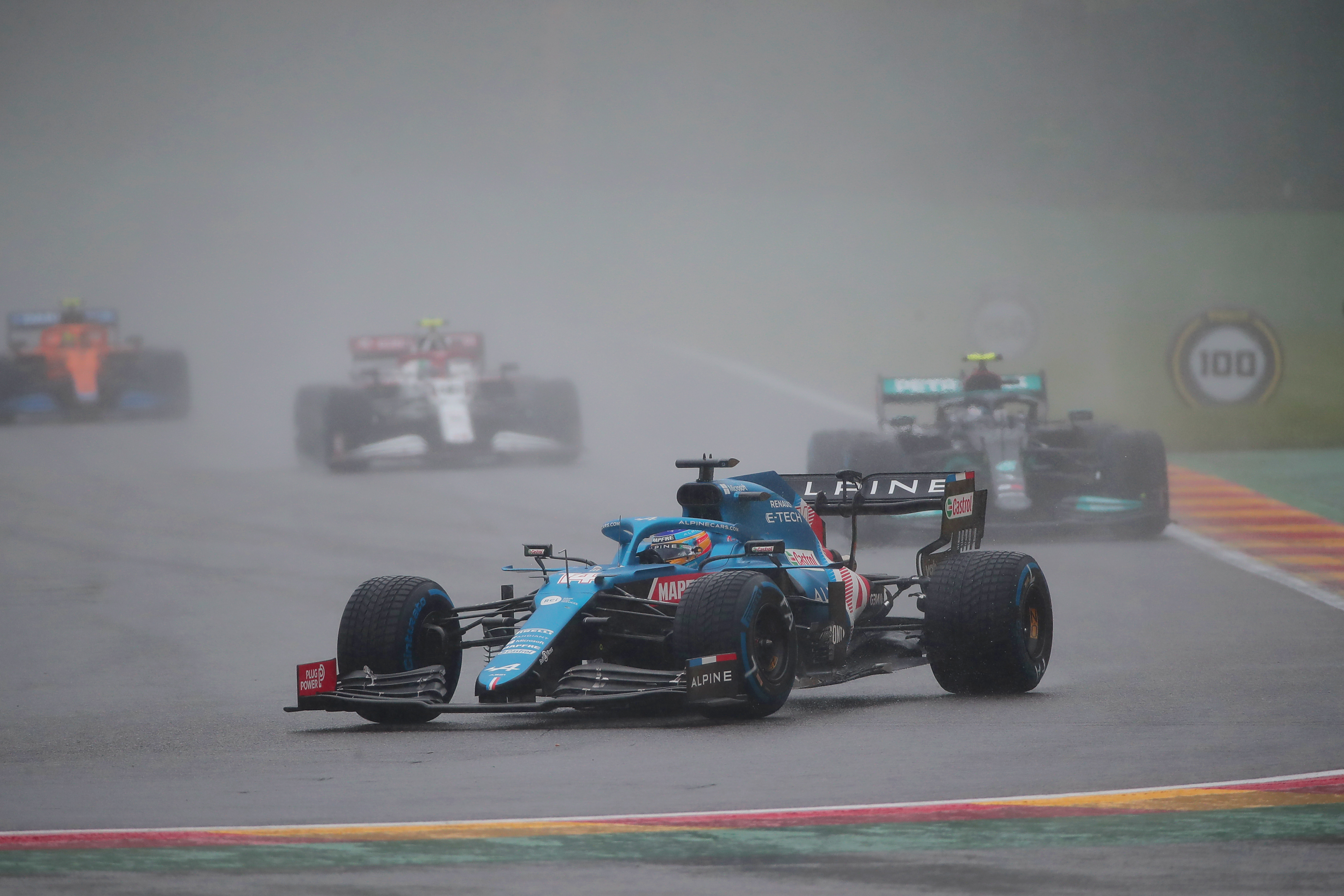
To steal an idea from The Race’s technical expert, Gary Anderson, there is a way to increase the chances of the track drying up enough to make racing possible while cars are running under the safety car.
Gary’s suggestion is that in the situation where the cars are sent out for ‘formation laps’ under the safety car as happened initially at Spa, the safety car could then pull in but effectively the race would remain neutralised.
The leader would then become the pace car, setting an appropriate speed that can be quicker than under the safety car. This could be dictated by the leader but with a certain limit, or stipulated by delta times. This would help to clear the water more quickly and judge conditions. The quicker you go, the more water is dispersed.
As the yellow flags remain out, it would not be racing and the pack would be brought together again to take a restart if it was possible.
While it sounds complicated and would need some work on the detail, the idea is an innovative one that could help to clear the worst of the water from the racing line by effectively creating intermediate speed stages between the dangerous racing speed and the slow pace under the safety car. Then it’s not simply a question of safety car speed or green-flag conditions.
Combine this mechanism with perhaps a brief spell where the rain is no longer falling and it could create a situation where the level of water on the track is maintained at a manageable level once some has been cleared and make racing possible even if rain returns.
Regardless of whether or not this would have worked at Spa, it’s a tool that should be considered.
Better communications and public nomenclature
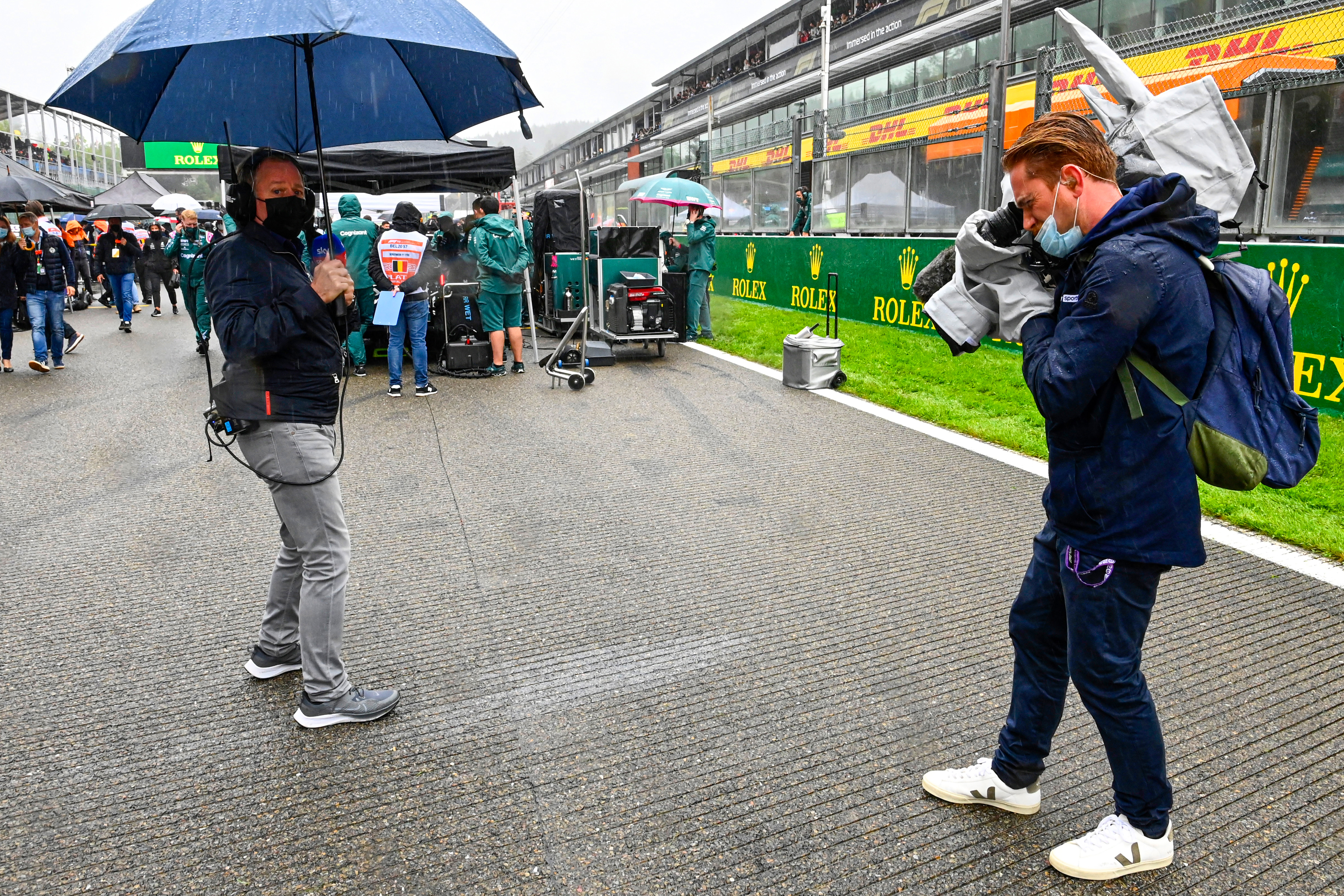
It’s nobody’s fault that the weather was terrible on Sunday, but the communication both to those watching at the track and the millions around the world viewing on TV was poor.
Take those early laps under the safety car for example, which were officially called ‘formation lap’. First of all, they were laps, not a lap, which is where the confusion starts. And although they were not race laps because the race had not started, the three-hour clock during which the race has to be completed (which was later suspended) had started. Oh, and the race clock itself had not started. Clear? As mud.
While all of these systems might be clear enough to the teams and those in race control, it’s necessary to think about how these are presented to the fans. Even the basic facts mentioned above are tricky enough, without getting into deductions from the race distance for each formation lap that created widespread bafflement about what the number of laps would have been had the race later run ‘in full’.
A clear procedure for this is required and perhaps it requires someone dedicated to liasing with the broadcasters from race control rather than race director Michael Masi having to do it while juggling everything else that is going on.
It’s a small detail, but F1 is seeking to expand its fanbase and ‘sell’ the sport. Grand Prix racing is complicated, and it’s all the better for it, but there’s no need to add confusion and bafflement on top of that when some clarity is needed.
There are precedents for clear naming, with the tyres being a good example. There are five dry tyre compounds – C1 through C5 – but the three chosen on any given weekend are simply dubbed ‘soft’, ‘medium’ or ‘hard’. That’s a triumph of simple language.
If you want to know, it’s easy to find out what the underlying compound number is, and the teams can refer to them however they want – often ‘qualifying’, ‘prime’ and ‘option’ are used – but for those watching, it’s communicated well.



